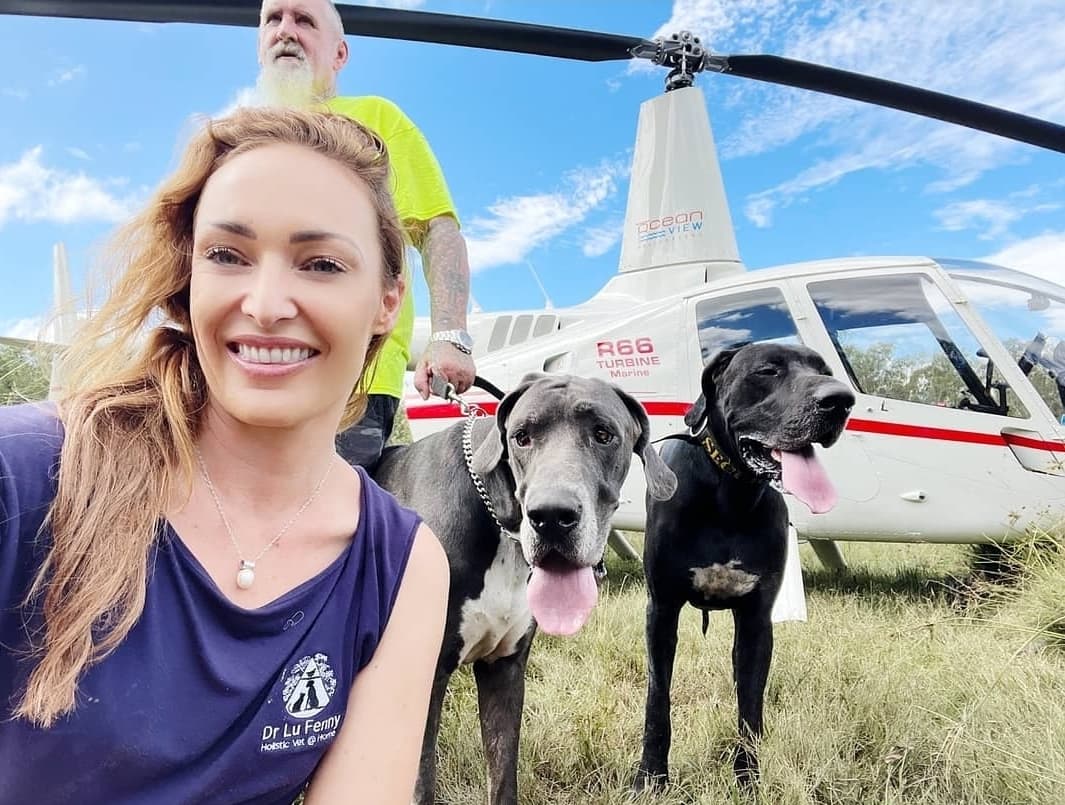BEST TIPS TO PREVENT OR MANAGE DIABETES IN DOGS
Just like humans, dogs require a healthy and balanced diet to maintain a balanced weight, overall health and wellbeing.
They can suffer from health impacts if their diet isn’t supporting holistic wellness. That includes diabetes.
In this article, we’ll break down the complete guide to diabetes in dogs, from preventing it and identifying the symptoms of canine diabetes, to managing a diabetic pet to optimise their health and wellbeing. Read on to discover our best tips for avoiding and treating diabetes in your furry friend.
Is my dog diabetic?
Just like diabetes in humans, dogs with this disease struggle to make enough insulin or effectively use the insulin that is produced. Dogs’ bodies need insulin in order to convert sugar to energy, so it’s very important for overall health and function. If you suspect your dog may be showing signs of diabetes, the best course of action is to book in for an examination with your vet as soon as possible.
Symptoms of diabetes in dogs
How can you tell if you think your dog has diabetes? Let’s be clear, diagnosing your pets on your own is never a good idea, and you should always go to your vet for professional medical advice. However, keeping an eye on your dog’s overall wellbeing will help you to give your vet a better idea of the situation if you do suspect something might be wrong. With that in mind, here are some common symptoms of diabetes in dogs to keep an eye on if you think your dog may be at risk.
- Excessive thirst and urination — On hot days or after exercise, it’s natural for your dog to drink more for hydration and to manage their internal temperature. If you notice they are very thirsty or urinating more than usual though, this may be a symptom of diabetes.
- Dramatic weight loss — If your dog is following a stable diet but losing weight, this may be a sign of diabetes. Carefully monitoring their portion sizes is important, so you can keep track of any unexplained weight fluctuations.
- A general decrease in appetite — If your pup suddenly seems less interested in their food for no reason, this may also be a symptom of diabetes.
- Cloudy eyes — Clear eyes are a sign of a healthy, happy dog, so any cloudiness you notice is a sign to consult with your vet. It may be a sign of diabetes or other ocular problems.
If your dog exhibits some or all of these symptoms, it’s definitely a good idea to check in with your vet and let them know your concerns. They’ll be able to work with you to properly diagnose your pet and help you with a management and treatment plan.
Causes of diabetes in dogs
As with any disease, the best defense against diabetes is preventing it with a good diet and regular exercise. Here are our top tips for protecting your pooch from developing diabetes.
-
Diet high in carbohydrates (grains): Dogs are essentially omnivorous scavengers, meaning they eat a variety of meat, including bone and skin, as well as fruits and veggies – especially the kind most commonly found on the ground. Choose a raw food that contains predominantly meat, with fruit & veg and eggs. Foods that contain grain are high in carbohydrates and simple sugars, and are much harder for dogs to digest. Raw food is best as it is biologically appropriate for your dog.
- Lack of regular, consistent exercise: The amount of exercise your dog needs varies from breed to breed, but all pooches need regular exercise to be able to stay healthy and keep them stimulated – boredom can be a cause for overeating in some dogs.
Managing your dog’s diabetes
Managing your dog’s diabetes does take some recalibration, mainly in terms of lifestyle factors and diet. The key to controlling canine diabetes is taking a consistent approach to both of these factors, along with expert health advice from your vet.
Exercise at the right time is key to managing a dog with diabetes. The best time to walk a diabetic dog is a few hours after meal times, to avoid hypoglycemia which is a rapid drop in blood pressure.
A diet that gives dogs slow-release energy will further support their exercise, as will avoiding walks during the heat of the day or activities that are too strenuous.
As you research a diet appropriate for managing or preventing diabetes in dogs, you may be wondering; Can glucosamine cause diabetes in dogs? You’re not alone here – the ‘gluco’ in glucosamine does refer to its being a type of sugar. Unlike glucose, however, glucosamine is a type of sugar that helps develop cartilage and support joints, and doesn’t affect blood sugar levels or insulin sensitivity. Glucose, on the other hand, is a simple sugar and should be avoided in large amounts.
Finding the best diabetic dog food
While no one factor can magically change your dog’s health overnight, feeding a diabetic dog a raw diet is one way to help improve their overall health and support blood sugar management. A diet high in healthy fats and proteins like the raw dog food from Frontier Pets is great for diabetic pups because these ingredients create a sustained, slow glucose release, rather than a spike in blood sugar levels that excessive carbohydrates can cause. While controlling portions and observing a regular feeding time are also essential, our all-natural dog treats are a great tool for occasional use to reinforce good behaviours, even in diabetic dogs.
There’s no one solution to preventing or managing diabetes in dogs, but by providing a healthy raw food diet like the food from Frontier Pet food, maintaining consistent feeding times and regular exercise, you can keep your pup happy and healthy, no matter what health conditions they have.
For more information on this and other health issues that may affect your pup, go to the following link: DOG HEALTH










